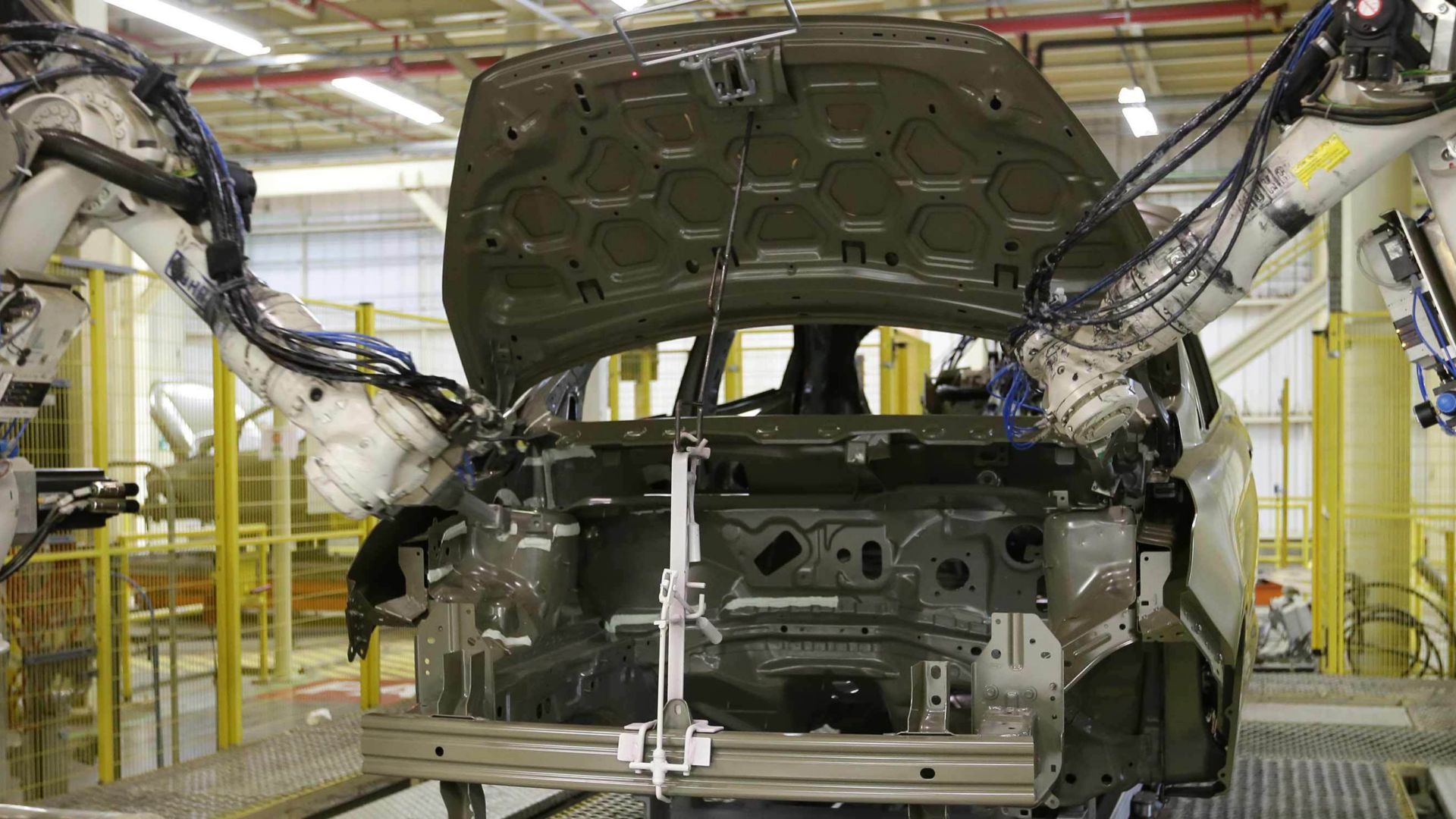
How Long Does Car Paint Take to Dry? Shocking Truth Revealed!
Share
If you're a car enthusiast, a DIYer, or even a tech professional interested in car modifications, knowing how long does car paint take to dry is essential. This amazing attribute of car paint influences not only the aesthetics of your vehicle but also ensures durability and protection against the elements and hazards of the road.
Car painting isn't just about slapping on a new color; it is an intricate process that involves specific techniques and technologies. The drying time of car paint can vary significantly based on several factors, including the type of paint used, application method, environmental conditions, and more.

Understanding Car Paint Types and Their Drying Times
Before we dive deeper into the specifics of drying times, its important to distinguish between different types of car paint. Each category has its own characteristics that can affect how they dry.
Acrylic Paint
Acrylic paint is popular within the car painting industry due to its fast-drying properties. Typically, it takes about one to two hours for the initial coat to dry to the touch. Full curing can take longer, ranging from days to weeks. Factors influencing acrylic paint drying time include:
- Temperature: Higher temperatures typically reduce drying times.
- Humidity: Increased humidity can slow down drying.
- Airflow: Adequate ventilation promotes faster drying.
Enamel Paint
On the other hand, enamel paints can take longer to dry. A typical enamel paint may take anywhere from two to six hours to become touch dry, but it can take up to a month for complete curing. This is important to note if you plan on applying a second coat or finishing layer.
Urethane Paints
Another commonly used option is urethane paint, known for its durability and glossy finish. Urethane paint typically requires about one hour to become tack-free and can be sanded or re-coated after about 24 hours. However, complete curing requires much longer, sometimes several weeks under certain conditions!
Factors Affecting Paint Drying Time
The drying time of car paint is influenced by multiple factors beyond just the type of paint. Lets examine some of the most vital elements:
Environmental Conditions
Temperature and humidity play a significant role. Optimal conditions for paint drying are generally warm temperatures and low humidity. If youre painting indoors, consider using a heat source or dehumidifier to control these factors.
Technique of Application
The method you use to apply car paint can also alter drying times. Spray painting typically provides a smoother finish and faster drying time, while brush painting can lead to longer drying periods due to thicker applications.
Thickness of Application
Applying too thick a layer of paint will undoubtedly delay drying times. It's generally better to apply several thin coats rather than one thick coat.
Importance of Following Drying Times
Complying with designated drying times is crucial for achieving an exceptional finish. When you dont allow proper drying, you risk:
- Improper adhesion of subsequent paint layers
- Damage to the underlying layers
- Increased susceptibility of the paint to chipping or fading
Tips for Achieving Optimal Drying Conditions
Now that you know the factors that can influence drying time, lets discuss how to create ideal conditions for paint drying:
- Choose a clean, controlled environment: A dust-free space with steady temperatures is best.
- Use fans: Promoting airflow can help speed up drying times.
- Invest in thermometers and hygrometers: Monitor temperature and humidity for optimal conditions.

Common FAQs About Paint Drying Time
1. Can I speed up the drying time of car paint?
Yes, you can use heat lamps or fans to facilitate faster drying of car paint. However, ensure that the temperature remains regulated.
2. What happens if I drive my car before the paint is dry?
Driving a car before the paint is fully dry can lead to smudging, imperfections, and can negatively affect the durability of the finish.
3. How do I know when my car paint is fully cured?
A general rule of thumb is that if the paint feels firm and isnt tacky to the touch, youre likely nearing a fully cured state. However, checking with the paint manufacturer for specific curing times is advisable.
In summary, understanding how long does car paint take to dry is vital for achieving a professional result. The quality of your finish depends not just on the paint applied but also on respect for proper drying techniques and timings. For more detailed processes, you might want to check out this auto paint process.
For further tips on automotive care, consider reading about fixing paint scratches, sandpaper grit, or removing oxidation.
